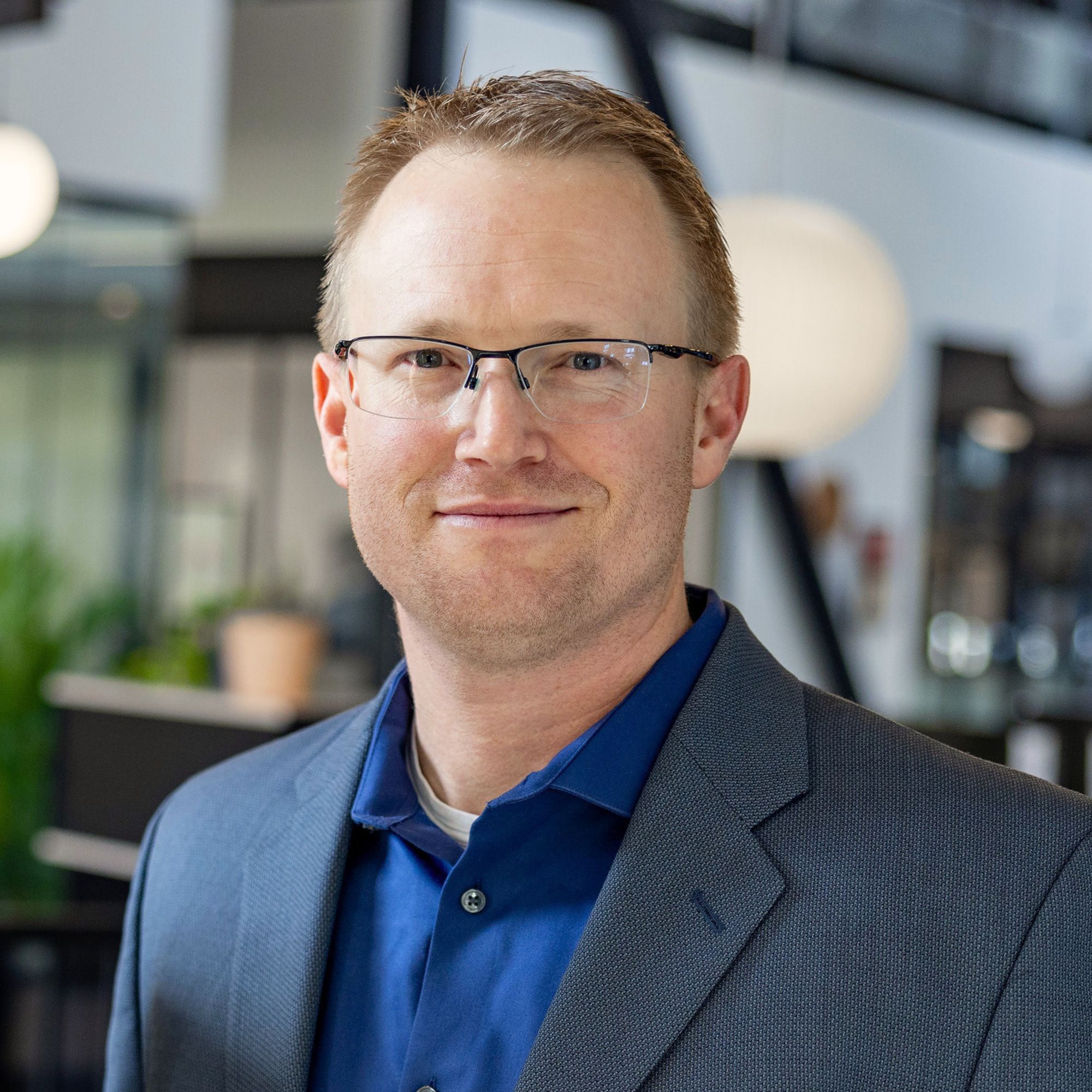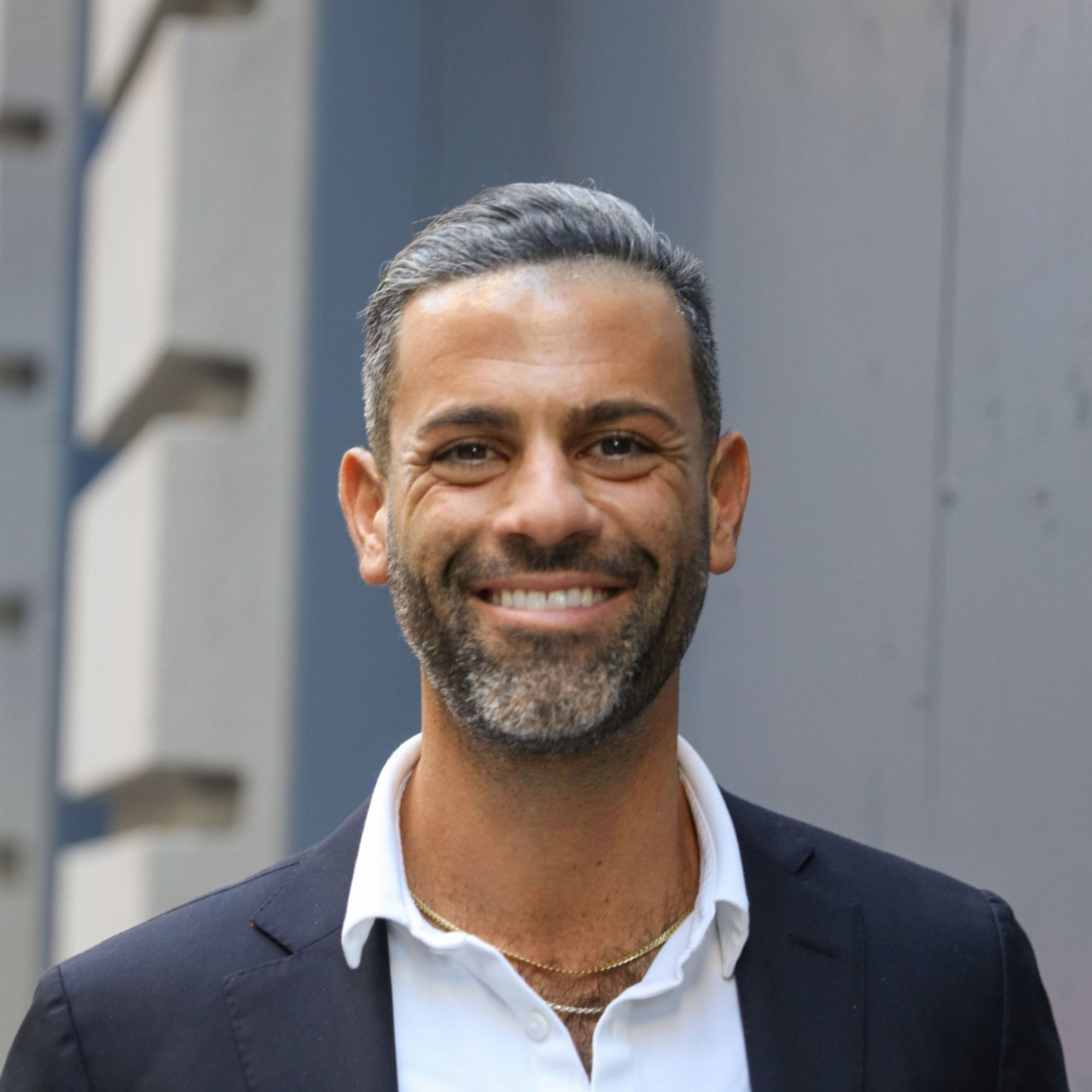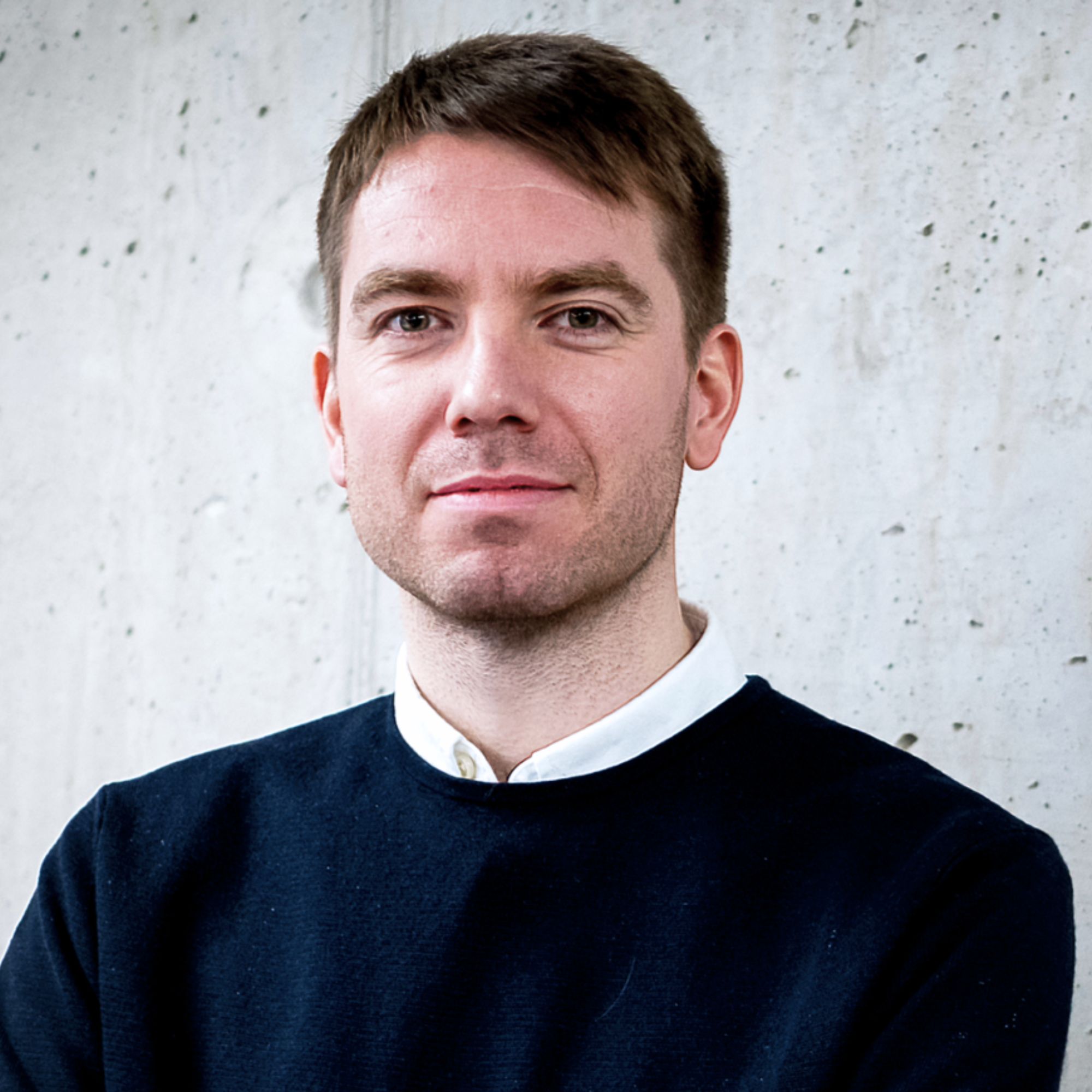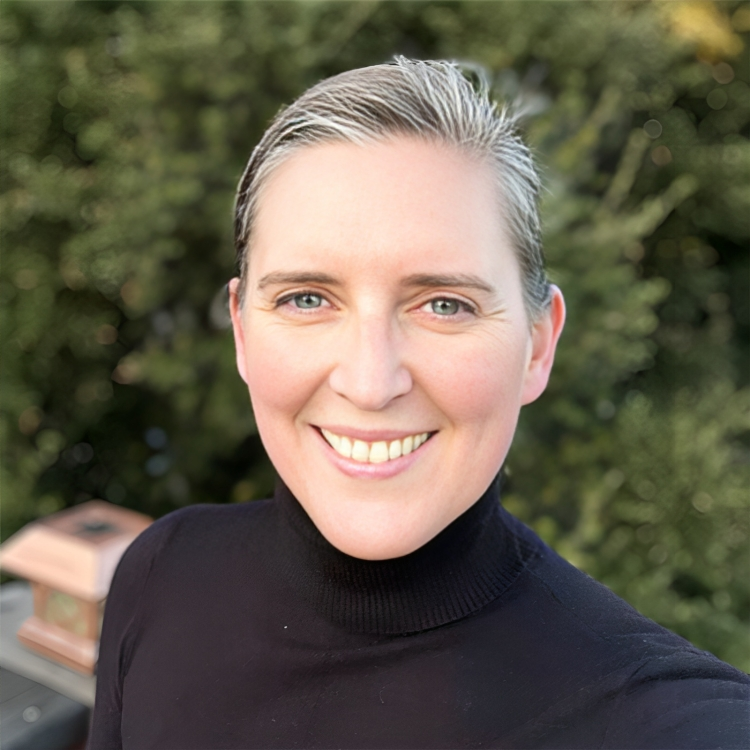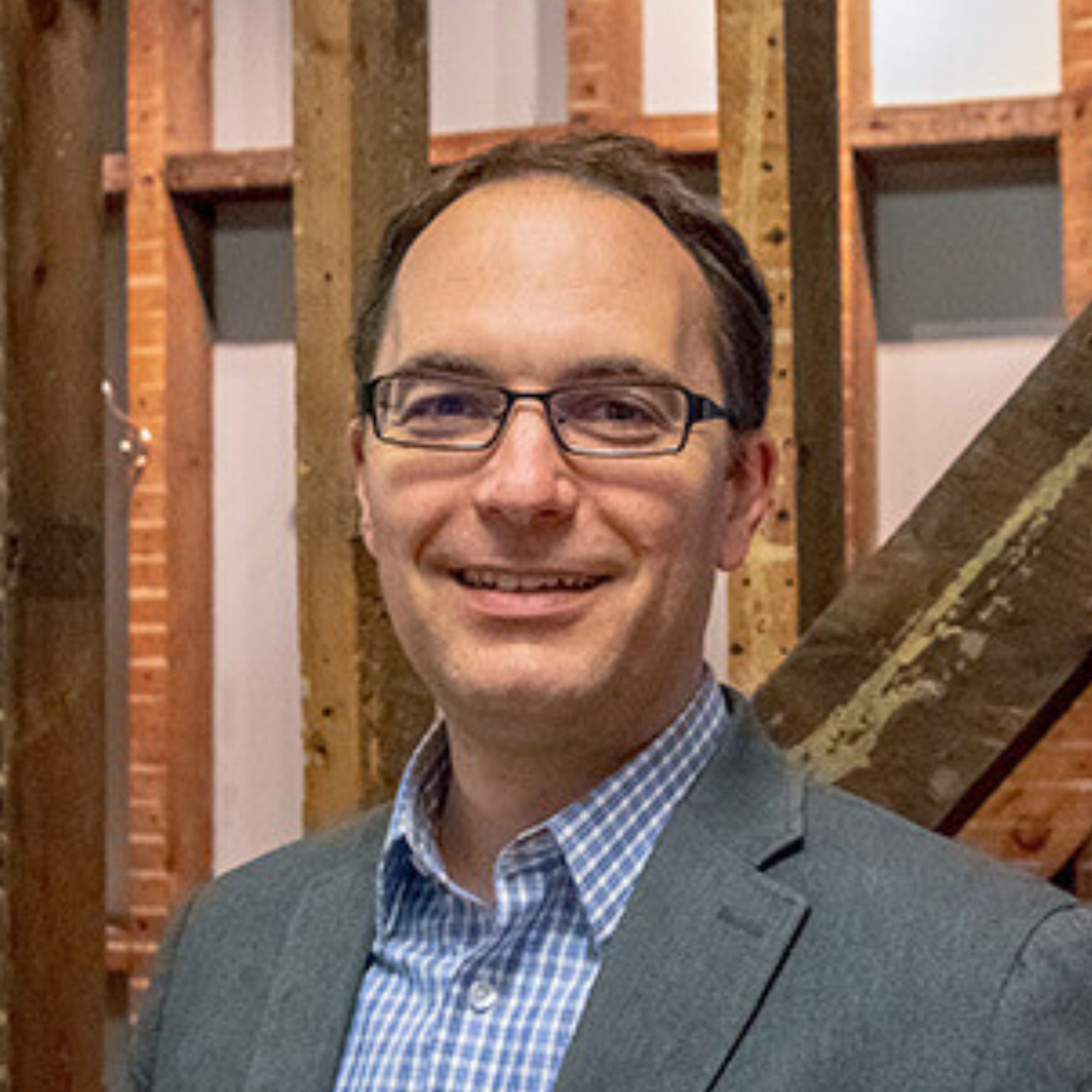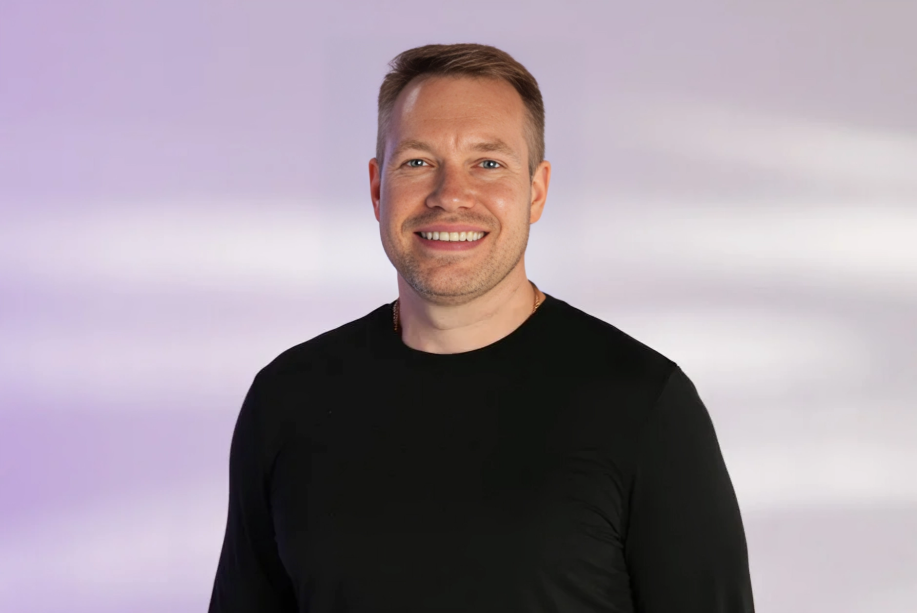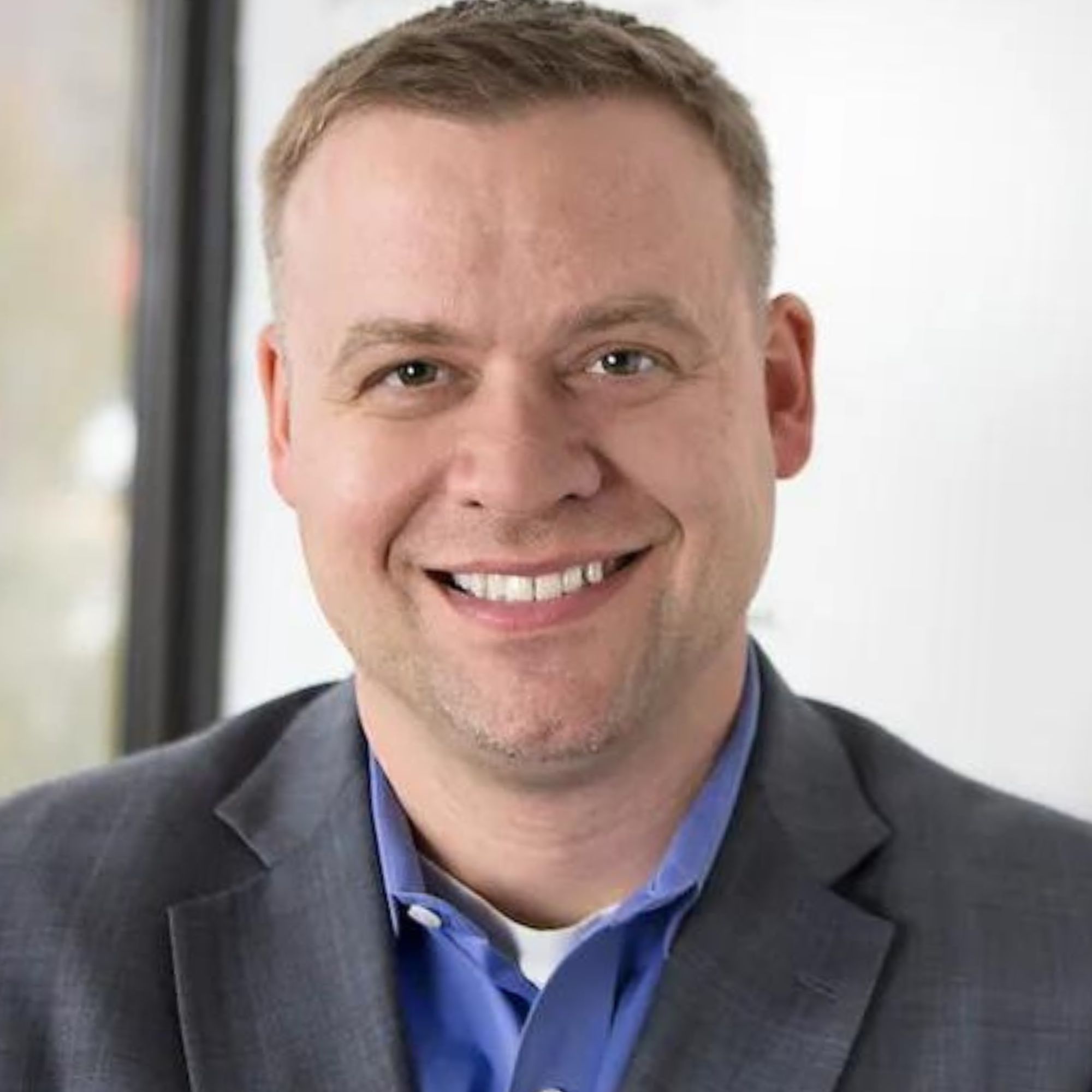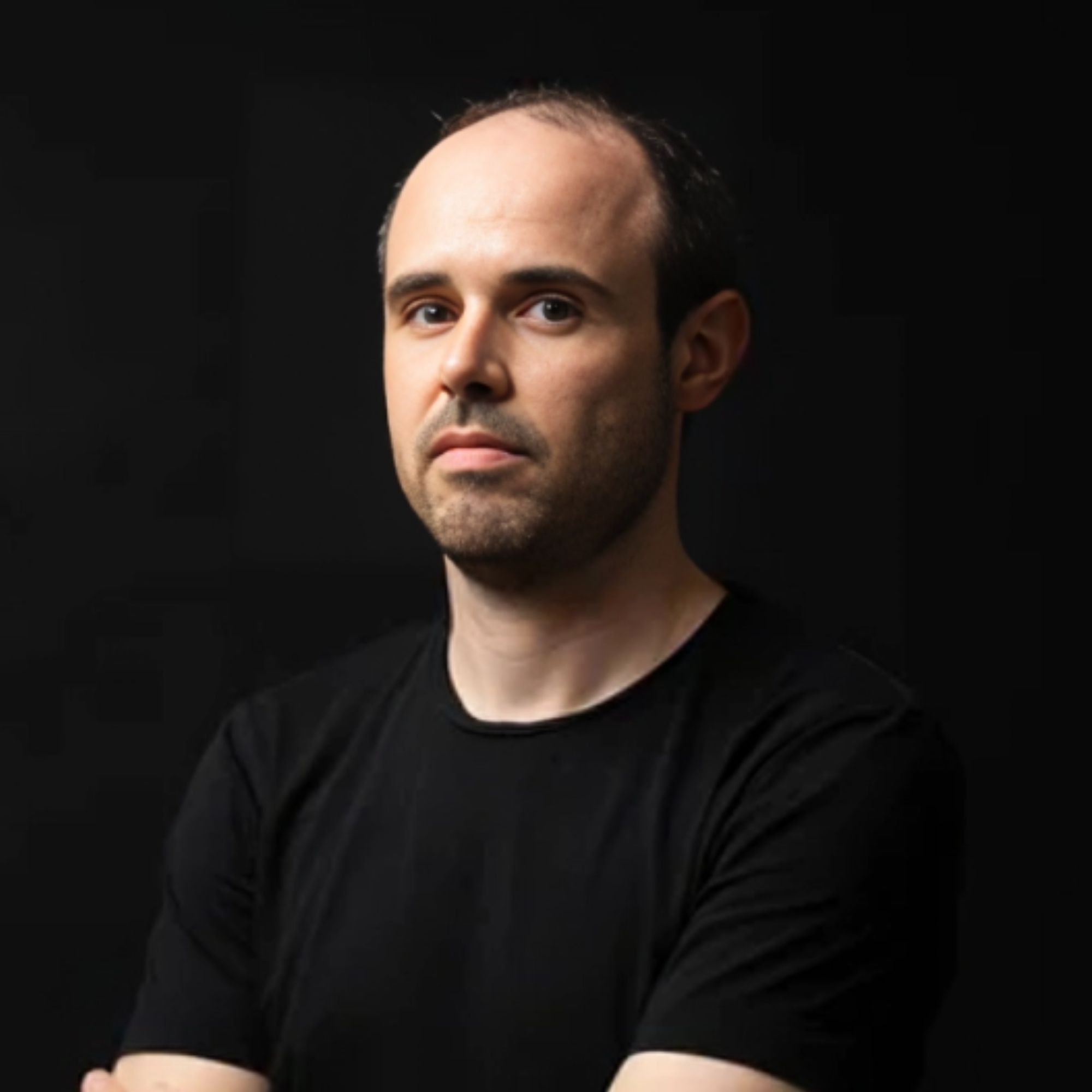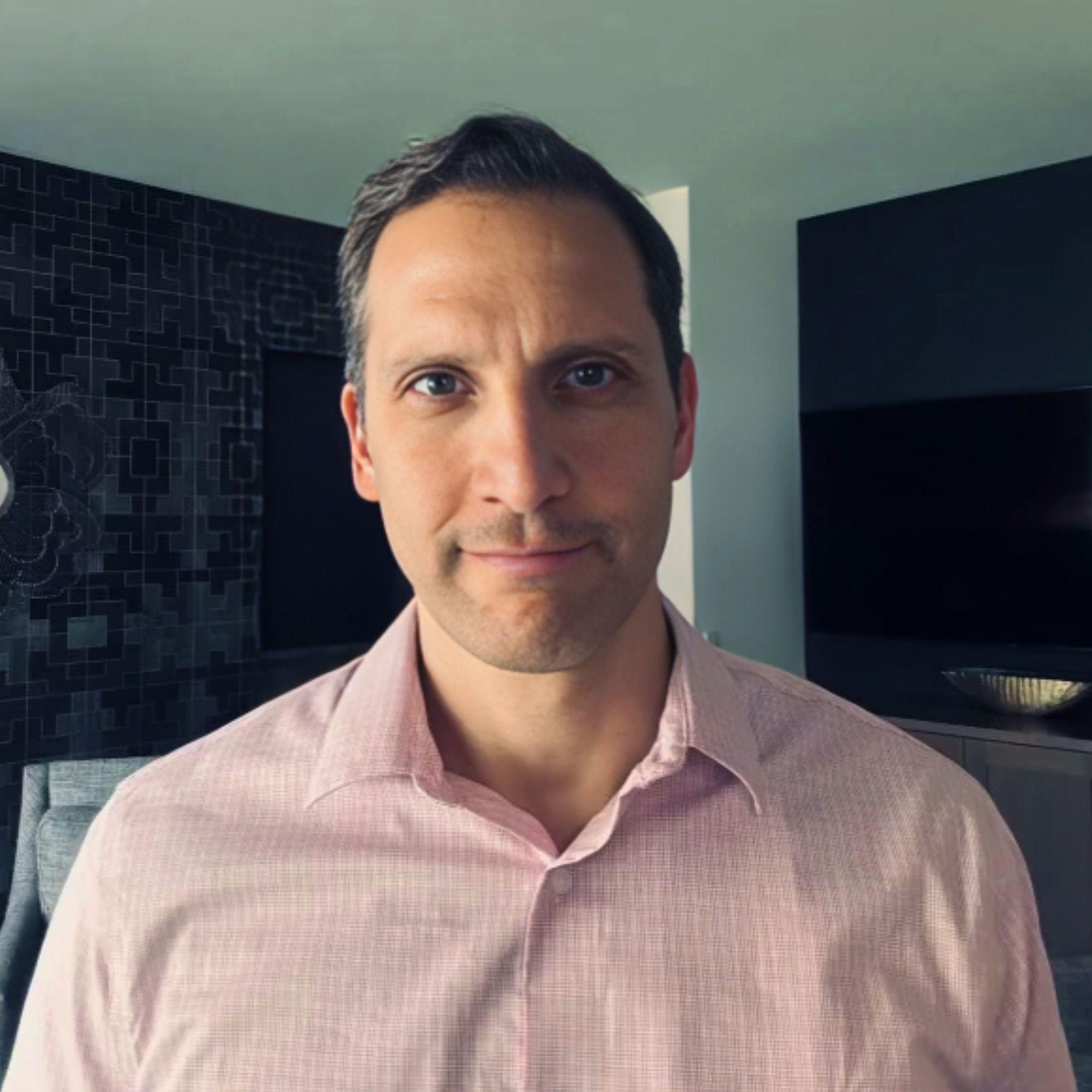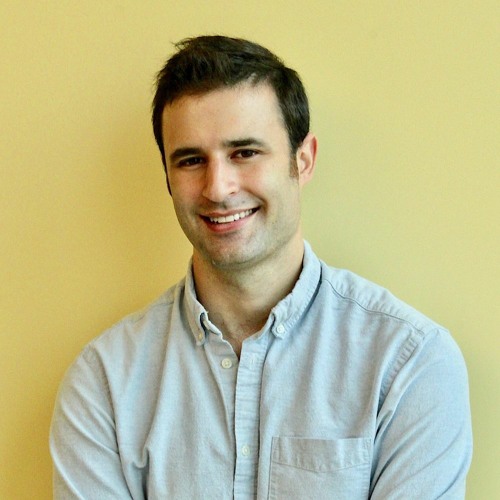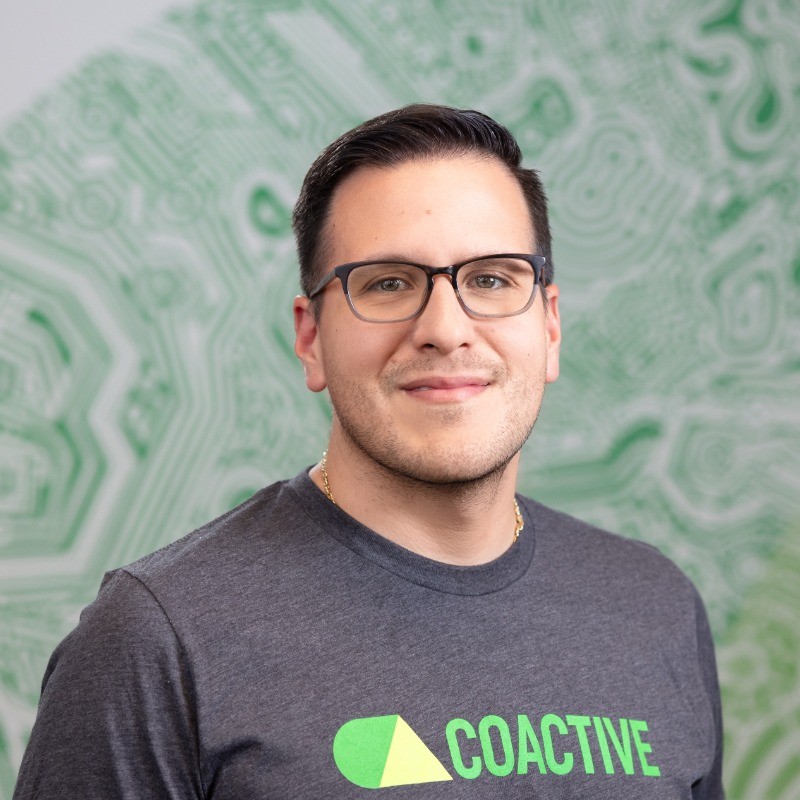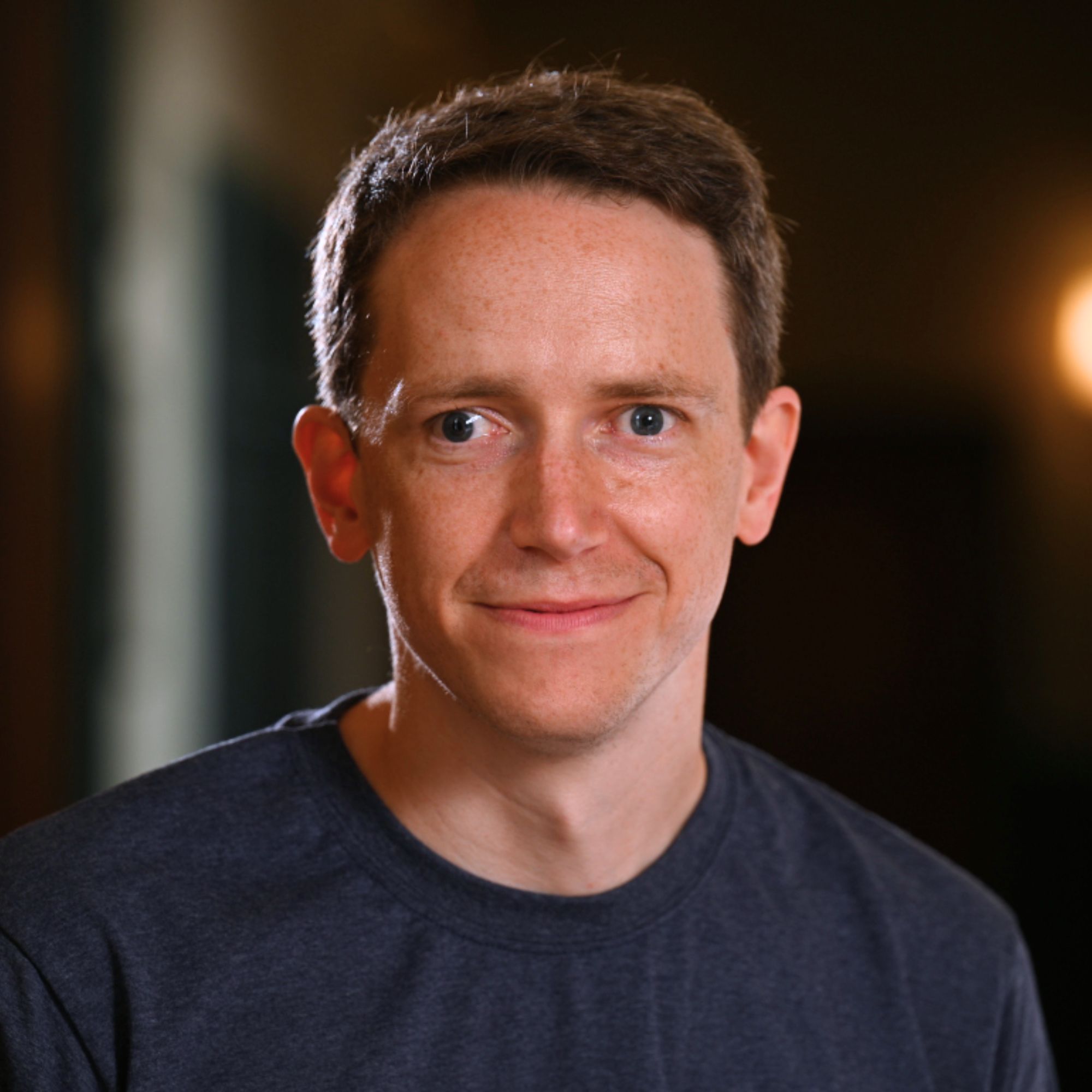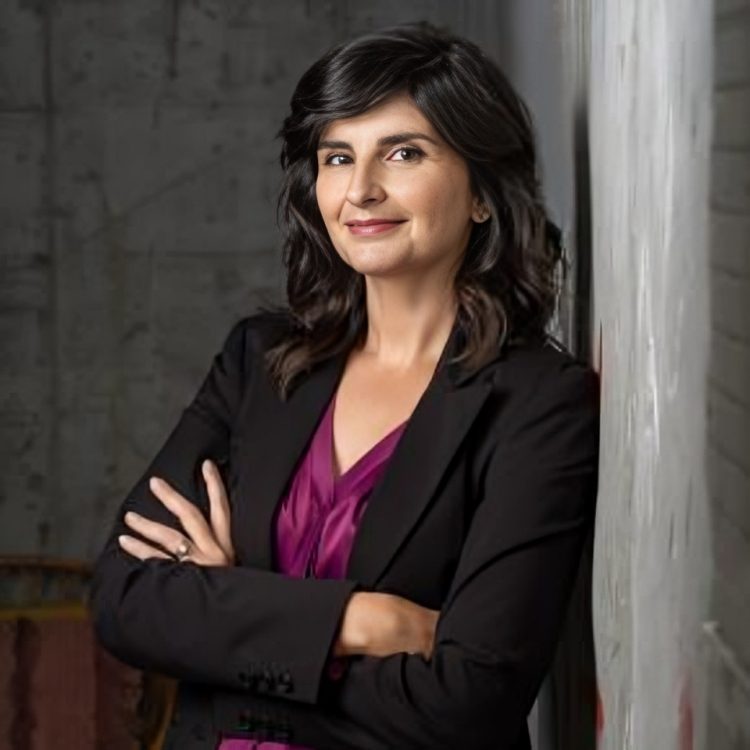Ready to launch your own podcast? Book a strategy call.
Frontlines.io | Where B2B Founders Talk GTM.
Strategic Communications Advisory For Visionary Founders
Conversation
Highlights
When most startups begin their journey, they typically start with an MVP and a handful of potential customers. Threedy took a different path: they started with 20 employees, existing customers, and technology that had already proven its value in the market. In a recent episode of Category Visionaries, Christian Stein, CEO and co-founder of Threedy, shared how they transformed a research project into a venture-backed company that’s raised $11.5 million to revolutionize industrial 3D infrastructure.
The Genesis: From Research to Revenue
Unlike typical startup origin stories, Threedy’s journey began at the Fraunhofer research organization, where Christian worked on computer graphics and software engineering. What started as a research project took an unexpected turn when they secured their first paying customer – four years before the company even existed.
“We got the first paying customer roughly four years before we founded the company, which was also kind of the trigger to decide that, hey, we got something here,” Christian explains. This early validation prompted them to consider commercializing their technology.
The Unconventional Spin-out
In 2021, Threedy executed an unusual spin-out, transferring an entire department of approximately 20 people from the research institute to the new company. This wasn’t a typical startup launch with a small founding team and a blank slate. Instead, they had to navigate complex relationships with existing customers while building new commercial capabilities.
“There’s a few things that are very special about the company,” Christian shares. “We had a preparatory phase where roughly four years, went through a lot of different programs before actually spinning out the company with all the legal restrictions and all the different stakeholders that need to be satisfied.”
The GTM Challenge: Simplifying Complexity
Threedy’s initial go-to-market approach revealed a critical challenge: they were overwhelming prospects with technical complexity. Coming from a research background, they assumed they could easily replicate their success working with early innovators at large automotive companies.
“Coming out of the institute, I think we thought that it’s going to be very easy to replicate that way of finding these people,” Christian reflects. “And when we hire the first guys for the sales to go out and share the vision and sell the technology, I guess we overburdened them with the complexity of talking to different ICPs.”
The breakthrough came when they realized they needed to streamline their message. “The core learning there was that over the first years now we kind of stripped it down into different core use cases, into sweet spots where we can deliver very strong values,” Christian explains.
Evolving Commercial Leadership
One of the most significant lessons from Threedy’s journey was recognizing when to bring in specialized commercial expertise. “The core decision was understanding and accepting that given all the understanding that we might have as founders, there’s a point in time when other expertise is required,” Christian shares.
This realization led to a significant restructuring of their commercial operations as part of their Series A funding, bringing in senior expertise to take the company to the next level.
Market Timing and Strategic Expansion
Threedy’s experience with fundraising highlights the importance of market timing. They delayed their fundraising by six months during the peak of the metaverse hype cycle, a decision that significantly impacted their ability to capitalize on market momentum.
Today, they’re focused on strategic expansion beyond their initial market. “Given that we have this historic core of the business with the German automotive, we decided that the core strategy focus for this year should be to win new logos outside of automotive and do our first internationalization,” Christian explains.
The Future Vision
Threedy’s vision extends beyond just providing industrial 3D technology. As Christian articulates, “The same way that over the past two decades maybe the Internet has become an everyday tool that you use on every device and anywhere, we think that the same is going to be true for 3D data.”
This vision positions Threedy at the intersection of several emerging trends: the increasing importance of 3D data, the rise of mixed reality applications, and the growing role of AI in industrial settings.
Key Takeaways for B2B Founders
Threedy’s journey offers several valuable lessons for B2B founders, particularly those commercializing complex technology:
- Early customer validation doesn’t guarantee easy sales scaling
- Technical complexity must be translated into clear, focused use cases
- Market timing can significantly impact fundraising success
- Commercial expertise is as crucial as technical excellence
- Strategic market expansion requires careful vertical selection
As the industrial world increasingly embraces 3D data and mixed reality applications, Threedy’s story demonstrates how deep tech startups can successfully bridge the gap between research innovation and commercial success.
Actionable
Takeaways
Start with Focus:
Threedy learned to narrow their sales approach from broad technological possibilities to specific use cases and sweet spots. B2B founders should identify and focus on their most compelling use cases rather than trying to sell all possible applications of their technology at once.
Timing Market Entry:
The company's experience with fundraising during the metaverse hype cycle demonstrates the importance of market timing. Christian shared how delaying fundraising by six months significantly impacted their ability to capitalize on market momentum. B2B founders should carefully consider market conditions and industry trends when planning major business moves.
Bridge Technical to Commercial:
As a technical founder, Christian learned to structure the sales organization with the same systematic approach used in software development. B2B founders should apply their domain expertise to sales processes while recognizing when specialized commercial leadership is needed.
Strategic Customer Base Expansion:
Starting with German automotive customers provided early validation, but Threedy recognized the need to diversify into new verticals and geographies. B2B founders should plan their expansion strategy to reduce dependency on any single industry or region.
Evolution of Sales Approach:
Threedy's early sales efforts were hindered by overwhelming prospects with technical complexity. They succeeded by simplifying their message and empowering sales teams to focus on specific use cases. B2B founders should ensure their sales narrative is accessible and actionable for their target buyers.





